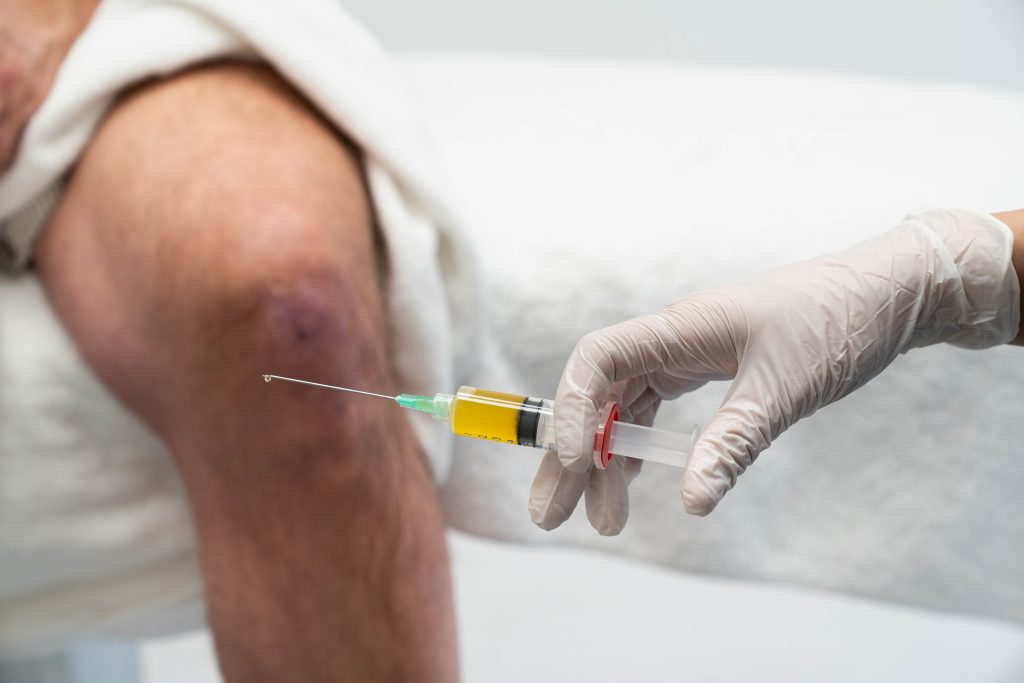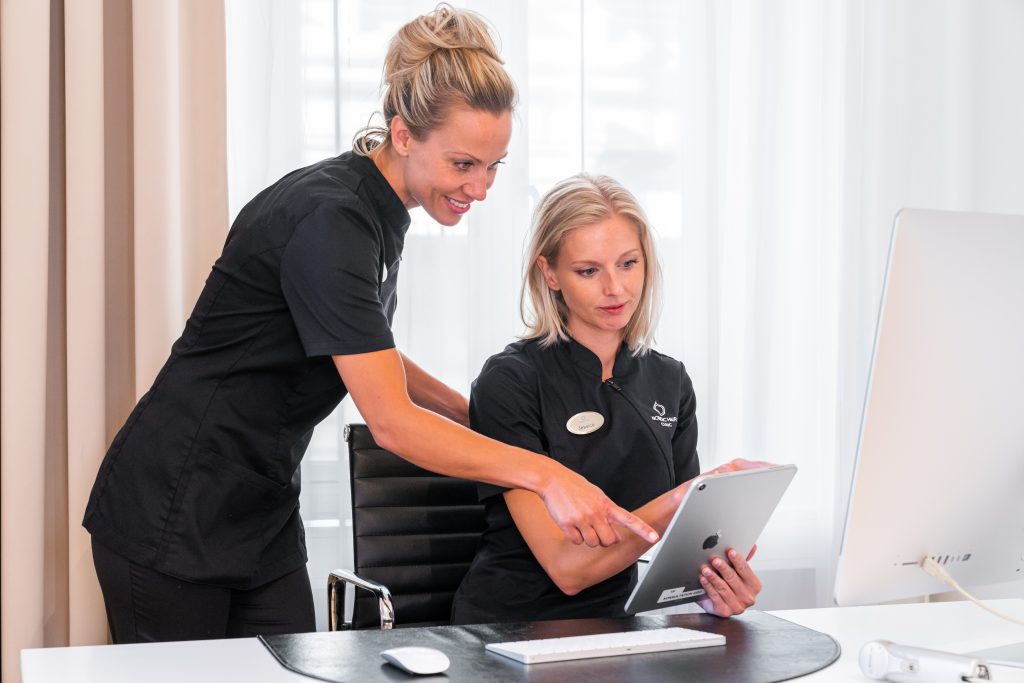Newsletter
Subscribe to our newsletter
Subscribe to our newsletter and to be one of the first to know about special offers, exciting information as well as tips and tricks on how to maintain your hair as good as possible.

Orthopaedic PRP is best known for effectively treating osteoarthritis but PRP is also used as wound healing (can be injected on hard to heal wounds or improve skin qualities) and sports medicine (treat persistent painful tendonitis).
The treatment is completely natural and has absolutely no side effects. There is also no risk of allergies or other complications as everything injected comes only from you.
Read more about PRPPRP stands for Platelet Rich Plasma, i.e. platelet-rich plasma. Platelets are cells found in the blood to stop bleeding. Plasma refers to all liquid blood that does not contain blood cells.
Normally, the growth factors are very diluted and make up only 1% of the blood. For approx. 200 years ago, it was discovered that these growth factors also have an effective effect on inflammation.
In most clinics, the treatment is performed by drawing 15 ml of blood from a vein in your arm, like a normal blood test. The blood is then centrifuged in a centrifuge to extract the growth factors from your platelet-rich plasma. The growth factors are then injected into the area to be treated.
The platelet-rich plasma can be injected into hair, skin and orthopaedic conditions such as joints and muscles.
By centrifuging your blood in a centrifuge, you can easily extract the platelet-rich plasma from it. Platelet-rich plasma contains lots of proteins, hormones and growth factors (your own). These growth factors have been shown to be effective in treating worn joints and common orthopaedic conditions such as inflammation.
By injecting PRPinto a tennis elbow, for example, growth factors are delivered directly to the inflamed joint, accelerating the healing process of the inflamed joint. With this method, you get all the growth factors in one place in a concentrated form, which makes the treatment particularly effective.

Newsletter
Subscribe to our newsletter and to be one of the first to know about special offers, exciting information as well as tips and tricks on how to maintain your hair as good as possible.